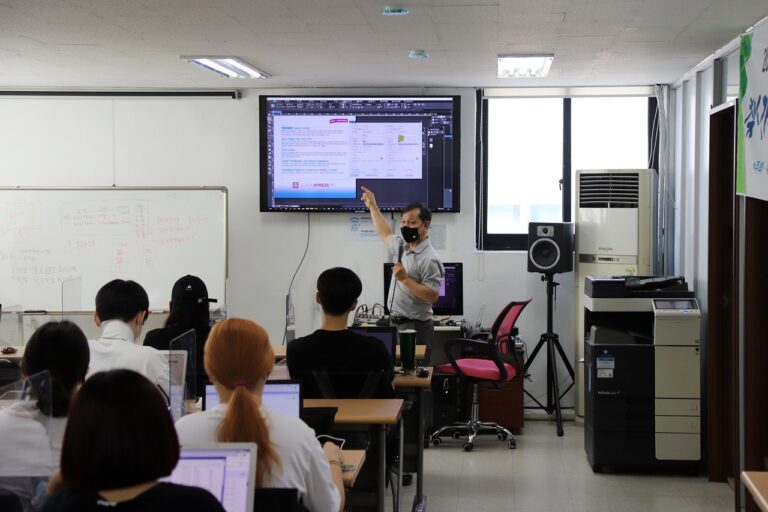Leveraging Technology for Differentiated Instruction in Mathematics Education
In today’s digitally-driven world, incorporating technology into mathematics instruction has proven to be an effective strategy for engaging students and enhancing their learning experience. By leveraging tools such as educational apps, online tutorials, and interactive software, educators can create a dynamic and interactive learning environment that caters to diverse learning styles. Technology also allows for real-time feedback, enabling teachers to monitor student progress and provide timely support when needed.
Additionally, integrating technology into mathematics instruction can help students develop essential 21st-century skills such as critical thinking, problem-solving, and collaboration. By utilizing virtual simulations and multimedia resources, educators can present complex mathematical concepts in a more accessible and engaging way, fostering a deeper understanding of mathematical principles. Furthermore, technology provides opportunities for students to explore and apply their learning in real-world contexts, preparing them for future academic and career success.
Understanding the Importance of Differentiated Instruction in Mathematics Education
Differentiated instruction in mathematics education is crucial for catering to the diverse needs and learning styles of students. By incorporating various teaching strategies and methods tailored to individual students, educators can ensure that each student receives the necessary support and challenges to thrive in math. This approach allows teachers to address the varying levels of understanding and abilities within a single classroom, promoting inclusive and effective learning environments.
Furthermore, differentiated instruction in mathematics helps to enhance student engagement and motivation. When students feel that their unique needs and strengths are being recognized and catered to, they are more likely to become actively involved in their learning. By providing opportunities for students to explore math concepts in ways that resonate with them personally, educators can create a more meaningful and enjoyable learning experience for their students.
What is differentiated instruction in mathematics education?
Differentiated instruction in mathematics education is an approach that recognizes and accommodates the diverse learning needs of students. It involves tailoring instruction to meet the individual needs of students based on their abilities, learning styles, and interests.
Why is differentiated instruction important in mathematics education?
Differentiated instruction is important in mathematics education because it allows teachers to meet the needs of all students, regardless of their skill level or learning style. It helps ensure that each student is challenged and supported at their appropriate level, leading to improved learning outcomes.
How can technology enhance mathematics instruction?
Technology can enhance mathematics instruction by providing interactive and engaging resources for students to use. It can also offer personalized learning experiences, instant feedback, and the ability to practice and apply mathematical concepts in a variety of ways.
What are some benefits of incorporating technology in mathematics instruction?
Some benefits of incorporating technology in mathematics instruction include increased student engagement, improved understanding of mathematical concepts, the ability to provide immediate feedback, and the opportunity for personalized learning experiences.
How can teachers implement differentiated instruction in their mathematics classrooms?
Teachers can implement differentiated instruction in their mathematics classrooms by assessing the needs of their students, providing a variety of learning activities and resources, offering flexible grouping strategies, and adjusting instruction based on individual student progress.






